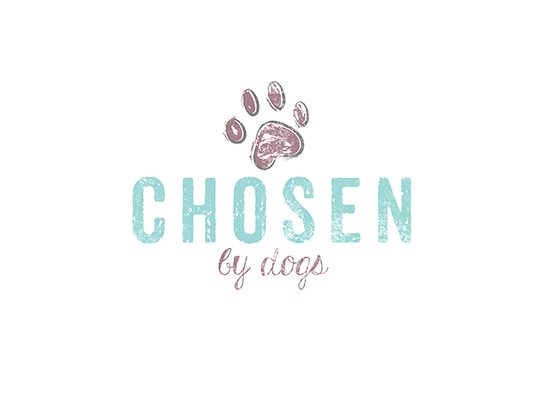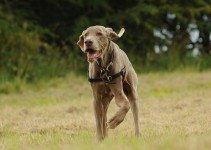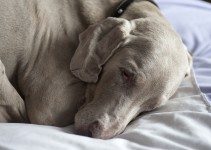A lot of new owners struggle with how much they should feed their dogs, not least because most dogs will clear a bowl of food really quickly. Our natural reaction to this is that the dog may still be hungry, so it may be tempting to give him a ‘little top-up’.
Remember that dogs originated as hunters and the instinct related to this drives the dog to eat whatever food is available, because there may be no more for some time.
As a result some dogs are regularly overfed, placing an excessive amount of strain on their digestive systems, kidneys and liver. There is usually evidence of this to be picked up later, in the form of soft stools.
It’s certainly good practice to provide dogs with two meals per day rather than one large one. It means that any stress on their digestive system is reduced and their energy curve is more balanced.
Large, deep-chested dogs are also prone to suffer from Bloat (Gastric dilatation-volvulus or GDV), which is the second biggest killer of dogs (after cancer).
The gastric dilation element of GDV occurs when the stomach fills with air, placing pressure on other internal organs and reducing returning blood flow back to the heart by pressing on abdominal veins. The stomach may twist on itself (volvulus), cutting off the blood supply and killing the dog.
Food manufacturers’ guidelines are intended for an average dog in a certain weight range and which has a ‘standard’ amount of exercise, but the final decision on how much a dog has to eat must be yours.
Treat your dog’s diet as you would your own. If he gains weight, either increase his exercise a little or make a small adjustment to the amount of food he eats. If he begins to look a little too slim a slight increase in food (or reduction in exercise) will see him beginning to gain weight.
Don’t forget that treats contain calories too.
If you increase a dog’s food and he continues to lose weight then it may be a sign of a health problem and you should consult with your vet



